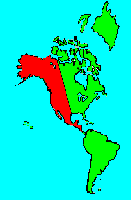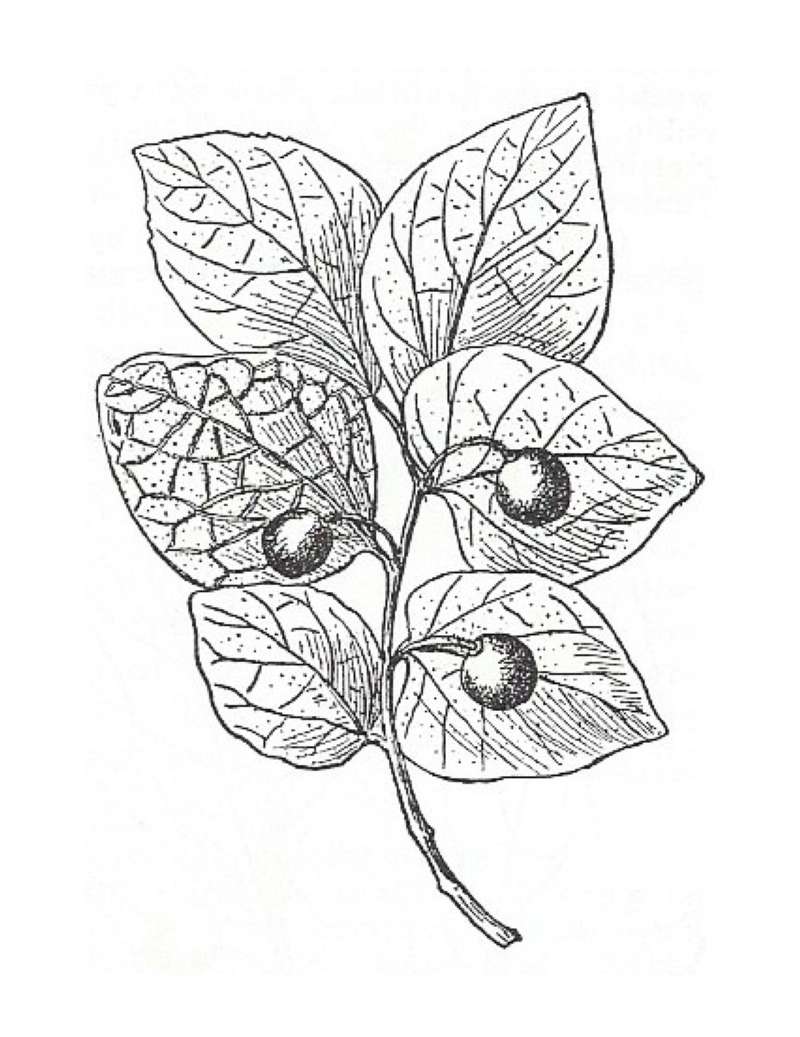SPECIES INFO
Thick leaved hackberry (Celtis reticulata to Celtis laevigata reticulata) is found from Kansas and Texas west to Colorado, Nevada, and southern California. This appears to also occur in Baja California. This is a small tree less than 40 feet tall. The bark is rough with corky warts. The roundish pointed leaves are about 3 inches long or less. They can be entire or slightly toothed. The veins can be in a mesh like structure.Celtis genus (Hackberry) is found in the tropics, North America, and Europe. There are about 70 species of trees and shrubs in this genus. They typically have alternate leaves. Most species are deciduous. Kartesz shows 7 species found in greater North America. In the Celtis species of North America, there have been quite a few confusing taxonomic changes. We list some of them here:
Celtis georgiana to Celtis tenuifolia of south east USA
Celtis mississipiensis to Celtis tenuifolia of south east USA
Celtis smallii to Celtis tenuifolia of south east USA
Celtis douglasii to Celtis laevigata var reticulata of western USA
Celtis reticulata to Celtis laevigata var reticulata of western USA
Celtis canina to Celtis occidentalis var canina of north east USA
Celtis pumila to Celtis occidentalis var pumila of north east USA
Elm Family (Ulmaceae) consists of fifteen genera including Ulmus, Celtis, Planera, and Trema which are indigenous to North America. There are over 150 species of trees and shrubs found in this family. Members of this family possess simple, alternate leaves. Although worldwide in distribution, they are mainly found in the tropics and subtropics.
Elms have distinctive flat fruits called samaras. The leaves are deciduous, pinnately veined and have short stems with double toothed margins. These leaves are generally rough-textured and lopsided at their base. The flowers of some species develop in spring before the leaves; others flower in autumn.
The family is not of major economic importance being used to some extent in furniture and cabinet making, medicine, and as ornamentals. The seeds of some species of Celtis are edible.
Elm and Mulberry Order (Urticales) is usually broken down into four different families. Although the Nettle family contains some herbs, most members of this order are trees and shrubs.
Dicots (Dicotyledoneae Class) are the predominant group of vascular plants on earth. With the exception of the grasses (Monocots) and the Conifers (Gymnosperms), most of the larger plants that one encounters are Dicots. Dicots are characterized by having a seed with two outer shell coverings.
Some of the more primitive Dicots are the typical hardwood trees (oaks, birches, hickories, etc). The more advanced Dicots include many of the Composite (Aster) Family flowers like the Dandelion, Aster, Thistles, and Sunflowers. Although many Monocots reach a very high degree of specialization, most botanists feel that the Dicots represent the most advanced group of plants.
Seed plants (Phylum Embryophyta) are generally grouped into one large phylum containing three major classes: the Gymnosperms, the Monocots, and the Dicots. (Some scientists separate the Gymnosperms into a separate phylum and refer to the remaining plants as flowering plants or Angiospermae.)
For North American counts of the number of species in each genus and family, the primary reference has been John T. Kartesz, author of A Synonymized Checklist of the Vascular Flora of the United States, Canada, and Greenland (1994). The geographical scope of his lists include, as part of greater North America, Hawaii, Alaska, Greenland, Puerto Rico, and the Virgin Islands.
Kartesz lists 21,757 species of vascular plants comprising the ferns, gymnosperms and flowering plants as being found in greater North America (including Alaska, Hawaii, Greenland, Puerto Rico and the Virgin Islands.
There are estimates within the scientific world that about half of the listed North American seed plants were originally native with the balance being comprised of Eurasian and tropical plants that have become established.
Plant kingdom contains a large variety of different organisms including mosses, ferns, and seed plants. Most plants manufacture their energy from sunlight and water. Identification of many species is difficult in that most individual plants have characteristics that have variables based on soil moisture, soil chemistry, and sunlight.
Because of the difficulty in learning and identifying different plant groups, specialists have emerged that study only a limited group of plants. These specialists revise the taxonomy and give us detailed descriptions and ranges of the various species. Their results are published in technical journals and written with highly specialized words that apply to a specific group.
On the other hand, there are the nature publishers. These people and companies undertake the challenging task of trying to provide easy to use pictures and descriptions to identify those species.


